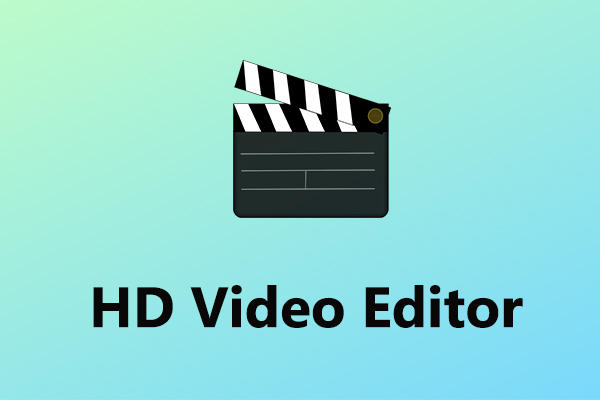Transforming Pixels: Unleashing Your Inner Video Virtuoso
Transforming Pixels: Unleashing Your Inner Video Virtuoso
Blog Article

In today's digital landscape, video editing is more than just a skill; it is an art form that allows individuals to express their creativity and storytelling abilities through moving images. Whether you are a budding filmmaker, a content creator for social media, or simply someone looking to immortalize cherished memories, understanding the intricacies of video editing can transform your raw footage into a polished masterpiece. The journey of mastering this craft offers countless rewards, as you bring your unique vision to life, captivating audiences and leaving a lasting impression.
As technology continues to evolve, the tools available for video editing have become more accessible and intuitive, empowering anyone with a passion for storytelling to dive into the world of editing. By navigating through various editing techniques, software, and creative processes, you can unleash your inner video virtuoso. This article will guide you through essential concepts and provide tips to enhance your skills, encouraging you to explore the boundless possibilities that lie within each frame, ultimately helping to turn your ideas and visions into stunning visual narratives.
Essential Video Editing Tools
To embark on your video editing journey, having the right tools is crucial. These tools can greatly enhance your creative process and streamline your workflow. Popular software options like Adobe Premiere Pro, Final Cut Pro, and DaVinci Resolve offer a range of features suited for both beginners and professionals. Each program has its strengths, with Adobe Premiere Pro being particularly recognized for its versatility, while Final Cut Pro is favored by Mac users for its intuitive interface.
In addition to software, hardware plays an equally important role in video editing. A powerful computer equipped with a fast processor, ample RAM, and a dedicated graphics card will enable smoother playback and rendering. Furthermore, investing in external storage solutions ensures that you have adequate space for high-resolution footage. High-quality monitors calibrated for color accuracy can also help you achieve the best visual results in your projects.
Finally, don't overlook the importance of plug-ins and additional resources. Many video editing software allow for plug-ins that can enhance functionality, providing effects, transitions, and color grading options. Websites that offer stock footage, music, and sound effects can also elevate your projects significantly. By combining the right software, hardware, and resources, you set the stage for creating exceptional video content.
Techniques for Engaging Edits
One effective technique for creating engaging edits is the use of pacing. By varying the speed of clips, you can control the flow of the story. Quick cuts can build excitement and urgency, while longer shots can create a more contemplative atmosphere. Experimenting with the rhythm of your edits can keep viewers on their toes and maintain their interest throughout the video.
Check It Out
Another important aspect of video editing is the strategic use of transitions. Smooth transitions between scenes can enhance the overall viewing experience. Consider utilizing fades, wipes, and creative cuts that align with the mood of your content. Carefully chosen transitions not only help in maintaining continuity but also add a layer of creativity that can captivate your audience.
Incorporating visual effects can also elevate your edits. While it is essential to maintain a balance, appropriate effects can enhance storytelling and draw attention to key moments. Whether it's adding a subtle zoom, color grading, or overlaying graphics, these techniques can help emphasize emotions and messages in your video. The key is to use effects sparingly and purposefully to keep your edits polished and engaging.
Common Mistakes and How to Avoid Them
One of the most frequent mistakes in video editing is neglecting organization. Many editors dive straight into the editing process without setting up a proper file structure or naming convention for their clips. This can lead to confusion and wasted time trying to locate specific files later on. To avoid this pitfall, take the time to organize your footage, create folders for different scenes or types of shots, and use descriptive names for your clips. This will streamline your workflow and make the editing process much more efficient.
Another common error is overusing effects and transitions. While it can be tempting to showcase an array of flashy edits, too many effects can detract from the story you are trying to tell. Inexperienced editors often forget that subtlety can be more impactful. To counter this, focus on using effects that enhance the narrative rather than overshadow it. Less is often more, so choose transitions that fit seamlessly with the overall tone of your video.
Lastly, a major mistake is failing to pay attention to audio quality. Many editors invest a lot of time in visuals but overlook the importance of sound design. Poor audio can ruin even the most visually stunning videos. To prevent this issue, always dedicate time to edit your audio tracks, use quality sound effects, and ensure that dialogue is clear and properly mixed. Investing in audio editing tools and techniques will elevate your video projects significantly.
Report this page